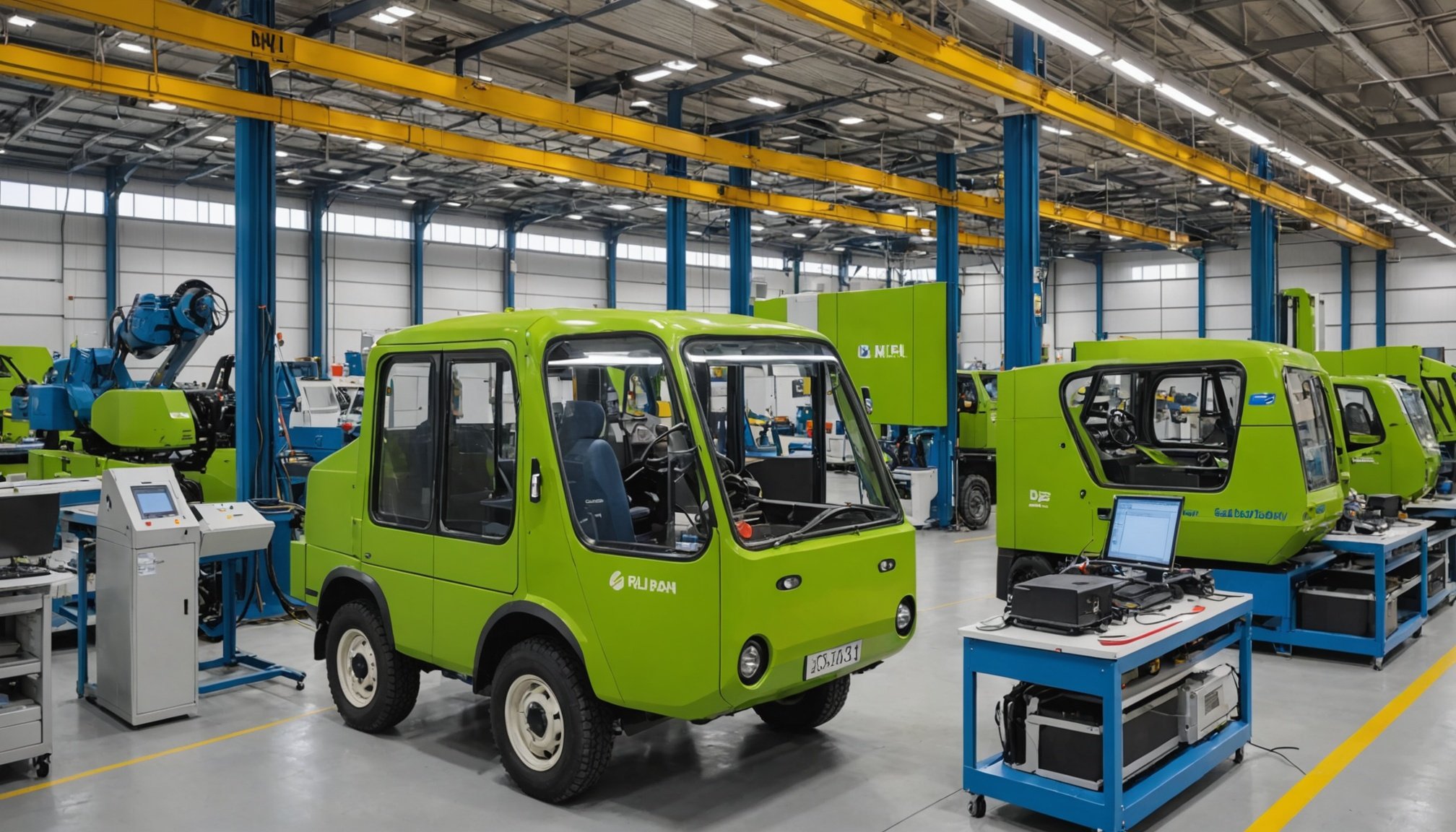PLM software revolutionizes sustainable product development by uniting data, teams, and processes in one platform. It streamlines collaboration, reduces waste, and accelerates innovation while improving product quality and environmental impact. By centralizing information and enabling real-time visibility, PLM empowers companies to design eco-friendly products efficiently and adapt quickly to evolving market and regulatory demands.
Overview of Product Lifecycle Management (PLM) Software
How PLM Software Transforms Sustainable Product Development plays a vital role in advancing environmental goals. PLM software acts as the central hub for managing comprehensive product data from design to end-of-life, enabling precise tracking of materials and processes. It facilitates sustainable engineering by allowing virtual testing and eco-friendly design decisions—Find out more.
In parallel : What role does AI play in the UK’s high-tech computing landscape?
By supporting circular economy principles, PLM ensures products are designed for reuse and recycling, reducing waste. Enhanced collaboration across departments and suppliers increases transparency and minimizes overproduction, dovetailing with sustainability aims. Additionally, integrating IoT and digital twins further optimizes resource utilization throughout the product lifecycle.
Future innovations include AI-driven analytics and cloud-based platforms that streamline compliance and drive eco-conscious manufacturing. Embracing these advancements empowers organizations to meet regulatory requirements and lessen environmental impact while maintaining competitive advantages. Moreover, industry-specific configurations tailored to sectors like aerospace, MedTech, and consumer electronics enhance customization for sustainability efforts.
Also to see : How Can Emerging High-Tech Innovations Revolutionize the UK Computing Landscape?
Fundamental Features and Benefits of PLM Software
Product lifecycle management tools create a centralized foundation for data, connecting diverse teams working on design, manufacturing, and distribution. This centralization ensures enterprise product data management remains accessible, with traceability in manufacturing processes and improved compliance tracking in product development. PLM applications in fashion industry settings, for example, demonstrate how bill of materials management and digital thread technology overview streamline eco-friendly design iterations and facilitate real-time project tracking.
Key Features Supporting Sustainability
Sustainable product development solutions are driven by lifecycle data analytics platforms—these tools automate risk, support environment-friendly product design methods, and foster design automation to reduce waste. Supplier sustainability metrics now form part of supply chain visibility with PLM; cross-departmental data sharing and CAD integration with PLM platforms help organizations meet global regulatory standards compliance. Companies can proactively manage change management in manufacturing and integrate with R&D process streamlining initiatives to boost resource efficiency.
Industry Applications and Use Cases
Siemens digital lifecycle solutions and Windchill capabilities overview show how industries implement digital twin integration in manufacturing to visualize and enhance products dynamically. Apparel industry product collaboration leverages PLM applications for traceability, product versioning and release cycles, and sustainable sourcing to minimize waste. Cloud-based product development platforms and enterprise collaboration platforms are increasingly used for mobile access to product data and scalable PLM systems for enterprises—delivering broad impact from consumer goods to aerospace.
Challenges and Modern Solutions in PLM Deployment
Legacy system integration challenges and adoption hurdles frequently delay digital transformation in product design. Modern cloud-based PLM systems address these pains, enabling automated workflows in manufacturing, robust product data security measures, and effective engineering change order management. Customization options for PLM systems and user training for product management tools further support enterprise adaptation, bringing teams onboard and ensuring lasting benefits for product innovation.
Leading PLM Solutions and Industry Comparisons
Siemens digital lifecycle solutions, such as Teamcenter, empower cross-departmental data sharing and enterprise product data management by integrating model-based systems engineering and digital twin integration in manufacturing. Teamcenter features and benefits extend to real-time project tracking, product design automation, advanced bill of materials management, and seamless CAD integration with PLM platforms. Windchill capabilities overview details robust version control systems for products and compliance tracking in product development. These strengths support sustainable product development solutions and enable traceability in manufacturing processes, fostering superior product quality control tools.
A key industry trend is leveraging scalable PLM systems for enterprises to optimize manufacturing process optimization and lifecycle data analytics platforms. Siemens digital lifecycle solutions and Windchill capabilities overview both excel at product configuration management software, lifecycle cost analysis techniques, and provision of mobile access to product data. In side-by-side vendor comparison of PLM software, PTC, Oracle, Atlassian (via collaboration software for engineers), and Siemens are consistently lauded for cloud-based product development platforms and R&D process streamlining. Each vendor addresses industry-specific PLM configurations and supports ERP system integration, helping organizations reduce time-to-market and enhance supply chain visibility with PLM.
BODY
Product lifecycle management tools centralize and synchronize complex data streams—such as engineering drawings, manufacturing bills of materials management, and regulatory compliance automation—across organizations. Using solutions like Siemens digital lifecycle solutions or Windchill capabilities overview ensures that all departments collaborate with a single source of truth. This alignment removes version conflicts, minimizes manual errors, and speeds response to change management in manufacturing.
Integration of enterprise product data management with cloud-based product development platforms supports agile processes. Cross-departmental data sharing and automated workflows in manufacturing help teams rapidly prototype, test, and scale innovative ideas. With digital thread technology overview, organizations benefit from traceability in manufacturing processes and cost reduction via product lifecycle analytics.
Apparel industry product collaboration and PLM applications in fashion industry leverage scalable PLM systems for enterprises to achieve shorter time-to-market and better compliance tracking in product development. Real-time project tracking, engineering change order management, and user interface design in PLM software streamline production pipelines and enhance product quality control tools.
Modern PLM enables robust digital transformation in product design, fosters IoT-enabled product management, and secures product data. This orchestrated approach delivers continuous innovation and sustained product excellence.









